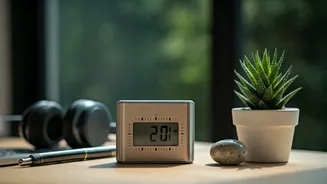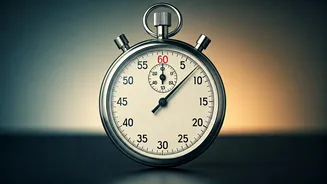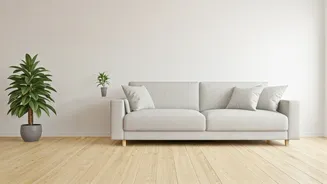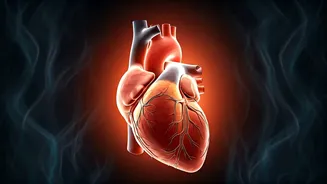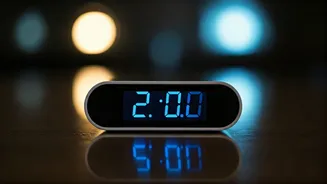Micro-rests Explained
The concept of micro-rests centers around the idea that the brain, like a muscle, needs short periods of rest to function at its best. Unlike long breaks,
these micro-rests are brief – just a couple of minutes – and are intended to provide a quick mental reset. These small pauses help the brain to consolidate information and to clear out mental clutter. This allows for improved focus and recall. During these moments, the brain can disengage from active tasks and enter a state of reduced cognitive load, which is crucial for preventing mental fatigue and enhancing overall mental performance. This technique is not about completely shutting down the mind, but rather about allowing it a brief respite, similar to a quick refresh before resuming work.
Benefits of Pauses
Incorporating micro-rests into your day can yield several advantages. Primarily, these short breaks boost memory. By giving the brain a moment to process information, micro-rests can improve encoding and retrieval of memories. They also combat mental fatigue, which often hinders cognitive function. Taking a few moments to relax can restore alertness and enhance concentration, making tasks feel less taxing. Furthermore, regular micro-rests can contribute to overall mental well-being. By reducing stress and allowing the brain to recover, these short periods can improve mood and increase resilience to daily pressures. This holistic approach supports a healthier and more balanced mental state, promoting both productivity and a sense of calm.
Implementing Micro-rests
Integrating micro-rests into your daily routine is relatively easy. The key is to find activities that allow for a brief mental shift. One option is to simply close your eyes for a minute or two and focus on your breathing, allowing yourself to relax completely. Another method involves briefly changing your environment, such as stepping away from your desk to look out a window. Listening to a short, calming piece of music can also provide a refreshing break. For some, even a quick chat with a colleague or a short stretch can offer the necessary mental reset. The goal is to choose activities that provide a clear contrast to your current task, giving your mind a chance to rest and recharge. Consistency is key; aim to incorporate these breaks several times a day for maximum benefit.
Optimizing Your Breaks
To get the most out of your micro-rests, consider the following. First, timing is crucial: schedule breaks when you start to feel mentally drained, rather than waiting until you're already exhausted. It is important to remove distractions during these pauses. Turn off notifications and find a quiet space to fully immerse yourself in the chosen activity. Moreover, personalize your breaks by choosing activities that you find truly relaxing and rejuvenating. Whether it's a short meditation, a quick walk, or just a few moments of quiet reflection, the key is to tailor your breaks to your individual needs and preferences. Experiment to discover what works best for you and adjust your routine as needed to maintain peak mental performance.
Memory Enhancement Strategies
Micro-rests, in themselves, represent a significant stride towards enhancing memory, but they become even more potent when combined with other memory-boosting techniques. The use of memory aids, such as mnemonics or creating associations, can assist with encoding and recalling information more effectively. Furthermore, practicing mindfulness and regular physical activity have been shown to have positive impacts on cognitive function, supporting memory. Maintaining a balanced diet and ensuring adequate sleep are also vital components of a comprehensive memory enhancement strategy. These lifestyle choices directly impact brain health, fostering the optimal conditions for memory consolidation and retention. By combining micro-rests with these supplementary strategies, you can establish a powerful toolkit to significantly improve your memory and overall cognitive abilities.
